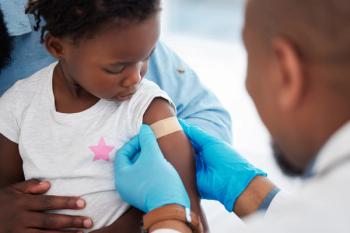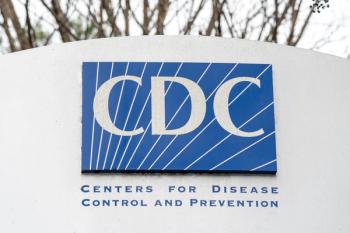
Arterial stiffness linked to BMI and body fat
Children with increased body mass index and body fat also tend to have increased aortic stiffness, according to study results.
Children with increased body mass index (BMI) and body fat also tend to have increased aortic stiffness, according to results presented at the 31st Annual Meeting and Scientific Sessions of the Society of Behavioral Medicine, April 7 to April 10, Seattle, Washington. This finding may be useful in determining atherosclerotic risk in children.
Researchers assessed carotid-femoral pulse wave velocity as a measure of arterial stiffness in the central vasculature in 44 overweight children (BMI ≥85th percentile) who were aged 8 to 11 years. Children with stiffer central arteries had higher BMI and a greater percentage of body fat (P≤.01). Girls had higher carotid-femoral pulse wave velocity than boys (P<.001). There was no association between pulse wave velocity and age.
The authors suggested that "measurement of aortic stiffness may be informative in studies of childhood cardiovascular risk and its amelioration."
Newsletter
Access practical, evidence-based guidance to support better care for our youngest patients. Join our email list for the latest clinical updates.










